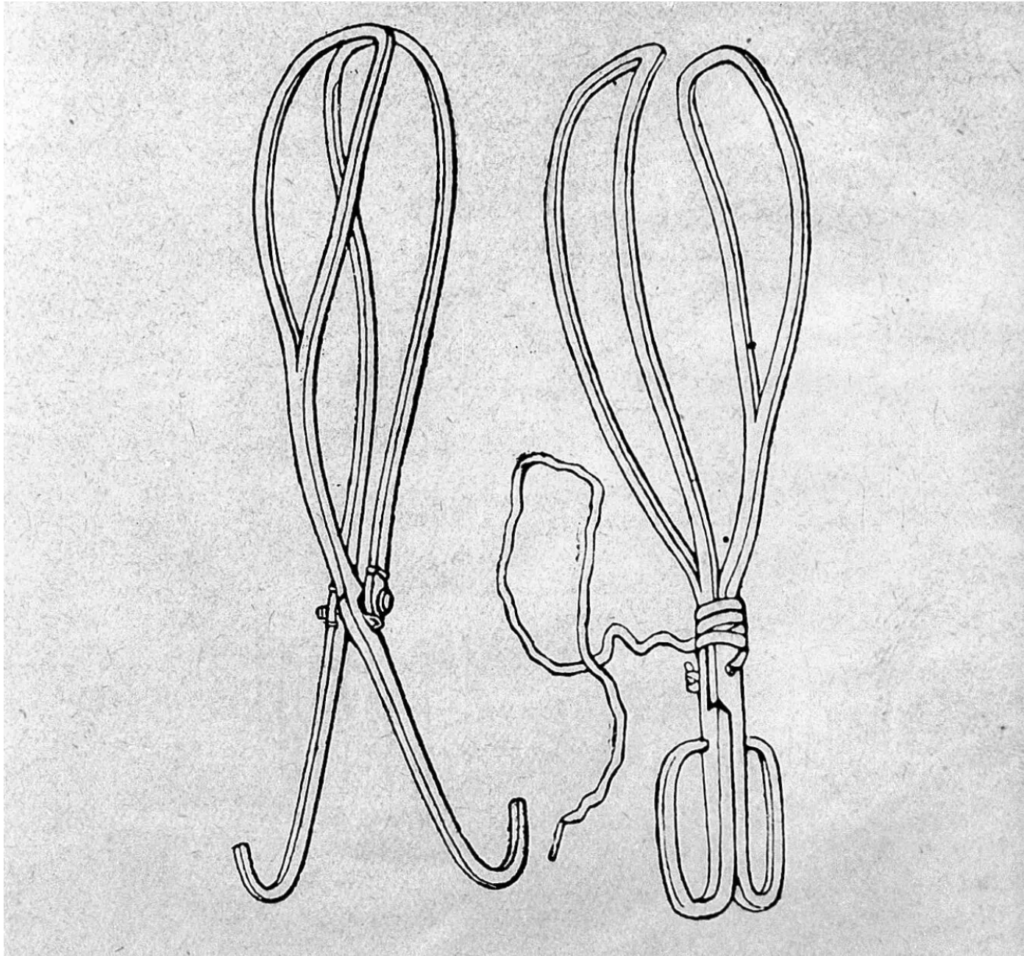The Evolution of Obstetric Forceps: From Secret Tool to Modern Safer Solutions
For centuries, childbirth has been one of the most delicate and risky processes in medicine. Before the advent of modern technology, doctors relied on tools that have evolved significantly over time. One such instrument, the obstetric forceps, played a crucial role in assisting difficult births for hundreds of years. However, as medicine advanced, so did the methods, leading to the development of the vacuum extractor, a safer and more efficient alternative in many cases. Here, we explore how obstetric forceps evolved and how modern options are improving outcomes.
The Secret Origins of Obstetric Forceps
The first known obstetric forceps were reportedly developed in the late 16th century by the Chamberlen family, a group of French Huguenot doctors who had migrated to England. In an effort to protect their invention, they kept the design a closely guarded secret for over 100 years, even blindfolding patients and their families during its use. The obstetric forceps allowed doctors to safely grip and guide a baby out of the birth canal, reducing the risks associated with prolonged labour. However, because the Chamberlens never shared their knowledge, the medical field lost a century of potential advancements in childbirth assistance.

Obstetric Forceps Become Widespread (18th – 19th Century)
By the 18th and 19th centuries, obstetricians across Europe refined the obstetric forceps design. Notable improvements included:
- Smellie Obstetric Forceps (1750s) – Introduced a pelvic curve, making the tool more adaptable to the birth canal.
- Simpson Obstetric Forceps (19th Century) – Designed for elongated fetal heads after prolonged labour.
- Kielland Obstetric Forceps (20th Century) – Allowed doctors to rotate the baby’s head during complicated births.
Obstetric forceps became a standard tool in obstetrics, dramatically reducing maternal and infant mortality rates. Their use requires significant expertise, and while they can be extremely effective, improper application can result in complications such as facial nerve damage in babies or maternal tearing.
The Shift to Gentler Alternatives: The Birth of the Vacuum Extractor
While obstetric forceps remain an important tool in certain situations, the search for gentler, less invasive methods led to the development of the vacuum extractor in the 20th century.
Why the Vacuum Extractor Is Often Preferred Today
Lower risk of maternal injury in many cases – Unlike forceps, which involve inserting metal blades, the vacuum extractor uses a suction cup applied externally to the baby’s head.
Often easier to learn and use – In many clinical settings, vacuum extractors are considered more intuitive for routine use.
More controlled assistance – Doctors can fine-tune suction and positioning, allowing for precise support during delivery.
That said, vacuum extractors are not without risks, and they are not suitable for every situation. In some cases, such as when rotation is needed or the baby is higher in the birth canal, obstetric forceps may be more effective.
Striking the Right Balance
With advances in obstetric care, the need for instrumental assistance has decreased overall, but both vacuum extractors and obstetric forceps remain important tools in modern delivery. The key lies in choosing the right method for the clinical scenario and ensuring that practitioners are well-trained in both.
Looking to the Future
Thanks to continuous innovation, childbirth has become safer and more patient-centred. The evolution from early obstetric forceps to modern vacuum devices reflects a growing emphasis on minimising trauma and improving outcomes. While obstetric forceps still have a role to play, vacuum extraction continues to be widely used as a gentle and effective method for assisted vaginal deliveries.
Here at Cetro Medical, we are committed to staying at the forefront of medical advancements, ensuring that healthcare professionals have access to the latest, safest, and most effective tools for patient care.
We offer a premium suction cup for assisted deliveries. Check it out here.
